Range Rover PHEV drives luxury into the electric hybrid market
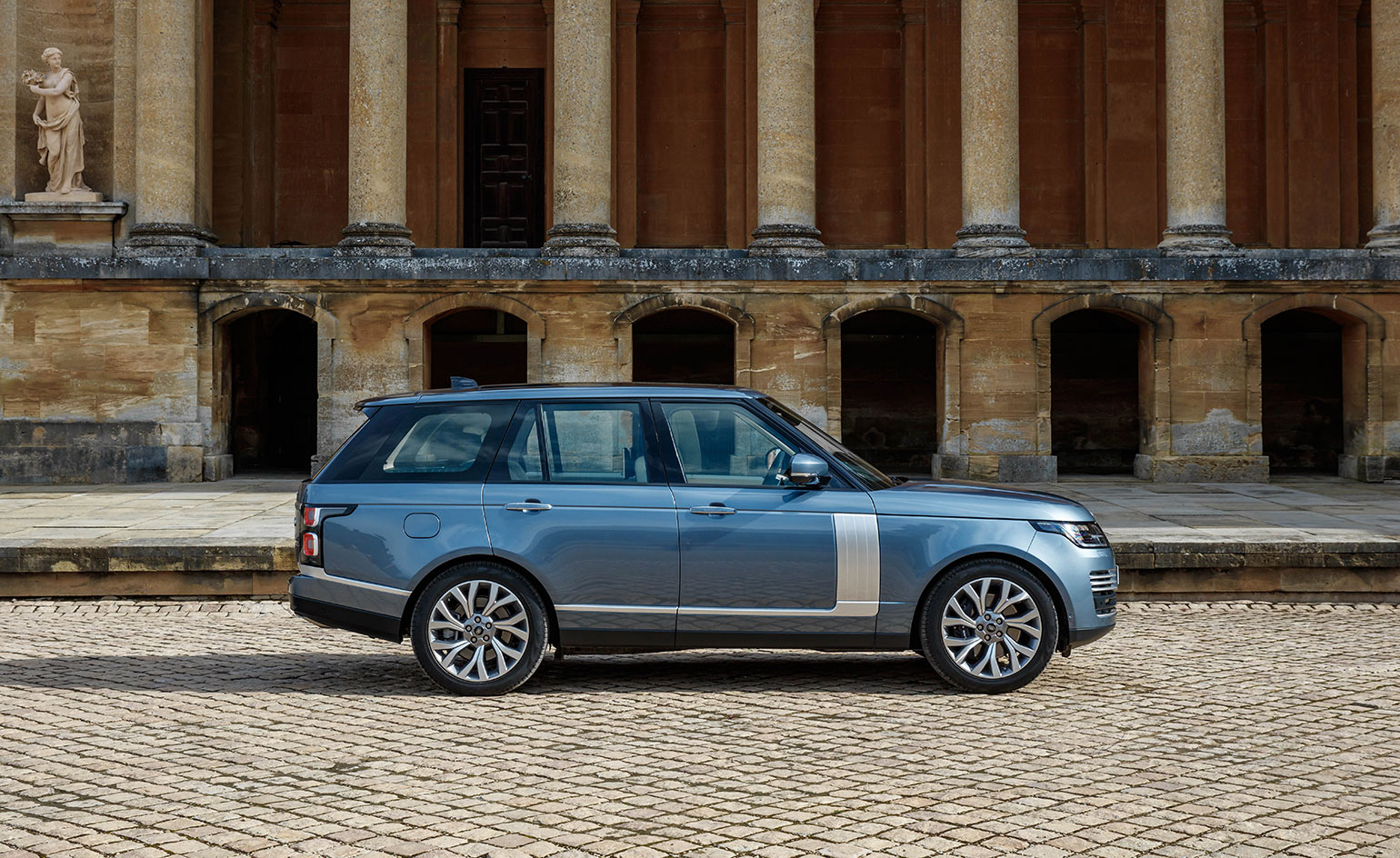
There is a reluctance to completely abandon the luxuries of road travel even as we gently steer towards the age of clean mobility. The mentality in some circles is to conquer all – speed, style, comfort and sustainability. The Range Rover PHEV P400e is a move forward to all this. The first plug-in hybrid electric offering for Land Rover’s pinnacle product has genuine 4x4 all-terrain skills in a handsomely familiar package; it offers transport in comfort, and is powered by technology that will not harm the planet too much.
We have come to the Cotswolds to put this latest product to the test. The drive begins in a suitably messy fashion on the grounds of Blenheim Castle as we take the car off-road through deep mud, wade through the estate’s picturesque lake emerging intact, then hit snaky local roads and onto the smooth fast motorway. The Range Rover PHEV (the PHEV stands for plug-in hybrid electric vehicle) performs with great ease, seamlessly adapting to each scenario. In the real world, the Range Rover is highly unlikely to be put through such extremes, yet the luxury is in knowing that it can.
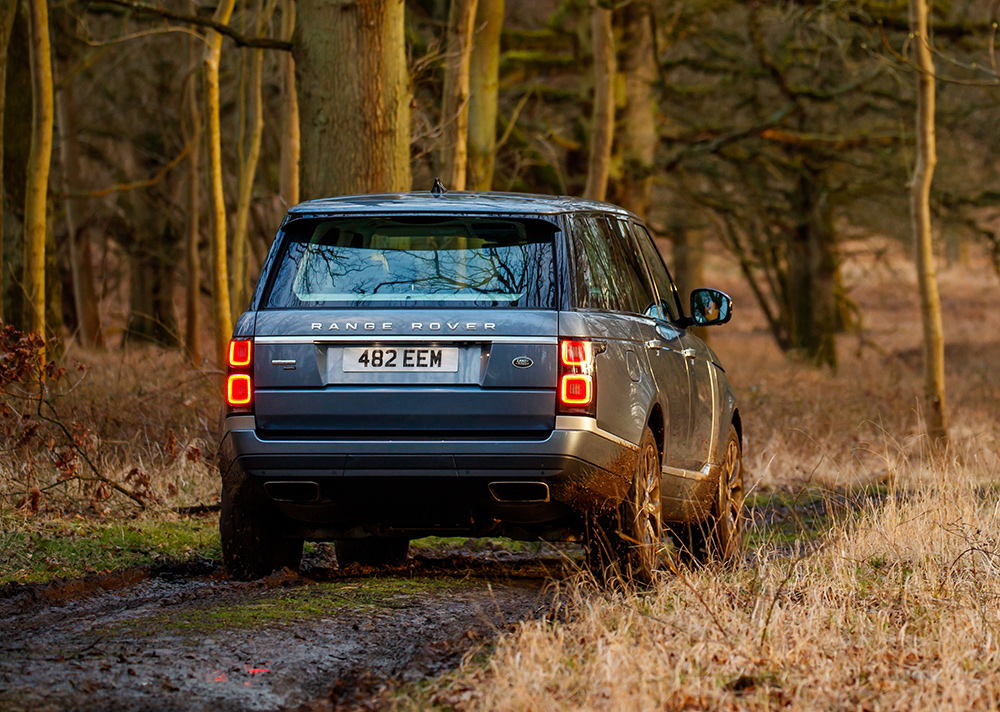
The electric-only drive range is up to 31 miles, with a full-charge time of 2 hours 45 minutes
The 2018 Range Rover has been given a subtle facelift while the cabin is re-imagined to be more technological and luxurious. This is partly due to the likes of the Bentley Bentayga, new luxury SUV that have effectively raised the bar. So, the seats are now softer, foamier, noticeably wider with a message menu on tap and configurable in 24-ways via tactile metal elements mounted inside the doors instead of by the seats. It takes a few minutes to adjust to the new layout but once mastered, the armchair size soft leather seats, which can also be upholstered in Kvadrat wool, offer a perfectly commanding driving position. The rear seats, formally specified either as a fixed bench or two seats with a static centre console, are now modular, transforming from single bench to two seats which can now be flattened for an expansive luggage compartment.
This hybrid car is one of the many engine options offered with the 2018 Range Rover model range. The technology borrows from the new Range Rover Sport PHEV pairing a 2.0 litre four-cylinder petrol engine with a 116 PS (85 kW) electric motor so 404 PS (297 kW) of power is available through the permanent four-wheel drive system for a maximum speed of 137 mph and zero to 60 mph in 6.4 seconds. The battery-pack sits neatly beneath the boot for an electric-only range of up to 31 miles and full charge in 2 hours 45 minutes through a dock neatly hidden behind the Range Rover badge on the grille.
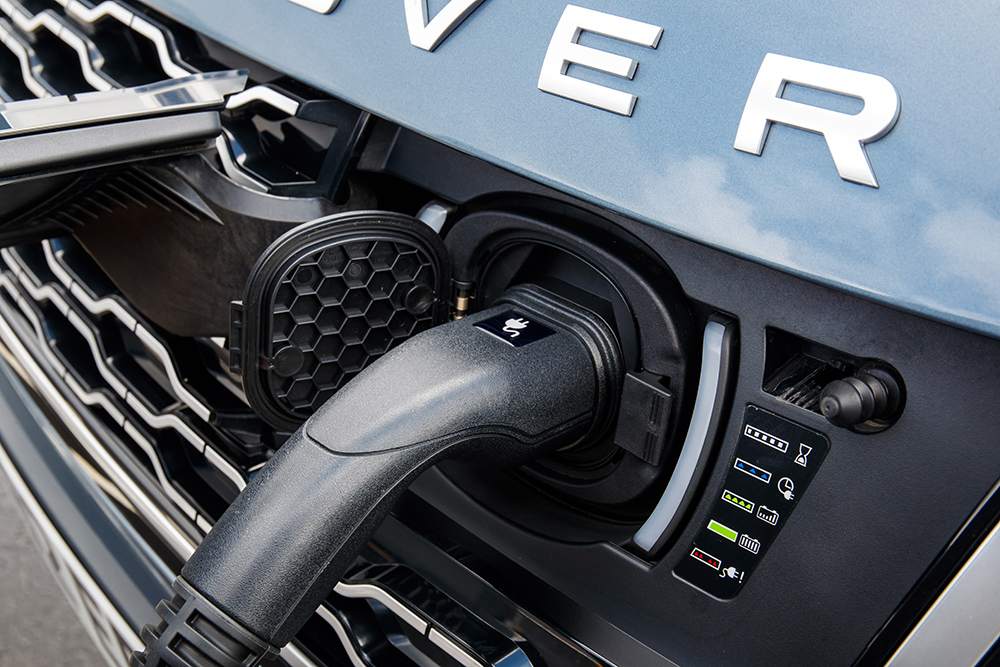
The charge dock is neatly hidden behind the Range Rover badge on the grille
Driver settings are adjusted digitally and displayed clearly on the twin 10-inch Touch Pro Duo interface (as tested on the Range Rover Velar). It becomes a bit of a game playing around with the electric power, seeing how far we can push the battery while observing the green technology graphically animate on the screen. Much of the two days are spent driving in regular combustion engine mode, but had we been in a congested urban environment, the optional electric power would have come in handy. To alert other road users, the Range Rover has also been given a subtle electric drive sound that cannot be heard internally but will alert pedestrians – a note, we are told, that is also detectable by guide dogs for the blind.
The Range Rover is the architype luxury 4x4. Since the first model was introduced in 1970, it has been re-invented only four times – the classic recognisable shape and the driving promise the Range Rover offers have remained consistent. The world though has evolved quite dramatically since the last re-design six years ago, especially when it comes to sustainable mobility and our expectations of luxury, and the hybrid PHEV does feel like the right Range Rover for 2018.
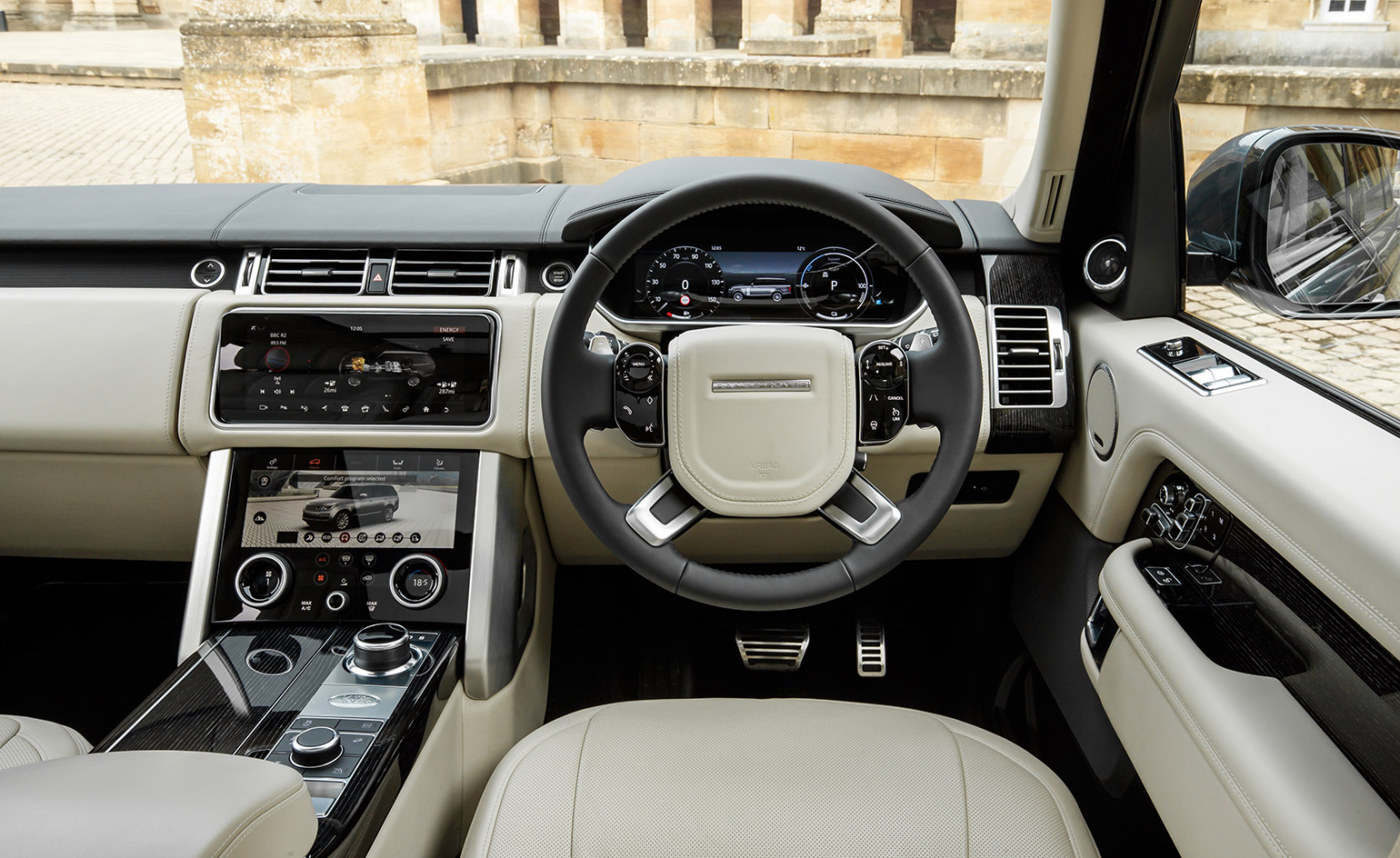
The twin 10-inch Touch Pro Duo interface can be used to change driver settings
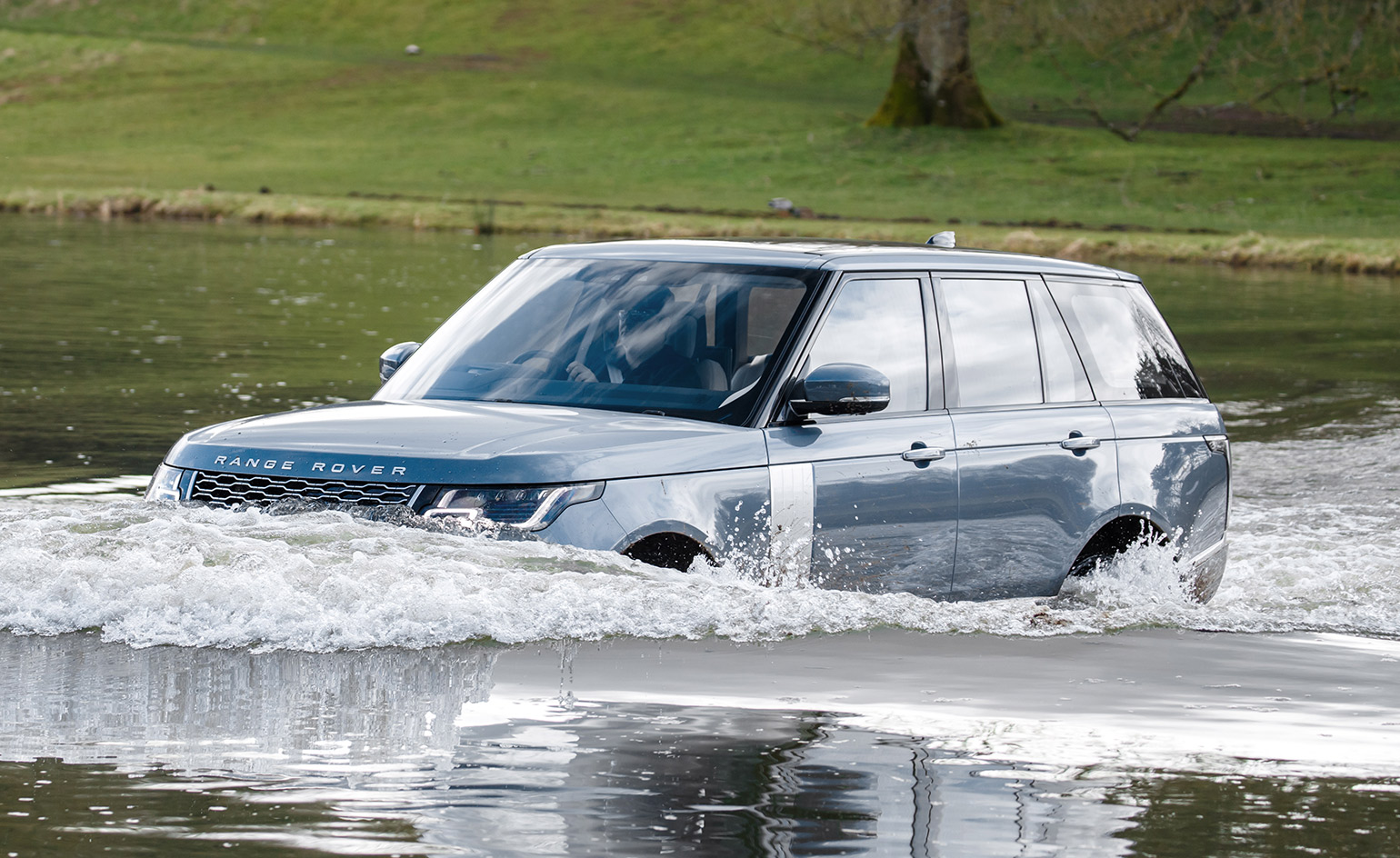
Performing well on grass and road, there is a comfort in knowing that the PHEV can cope in tougher environments
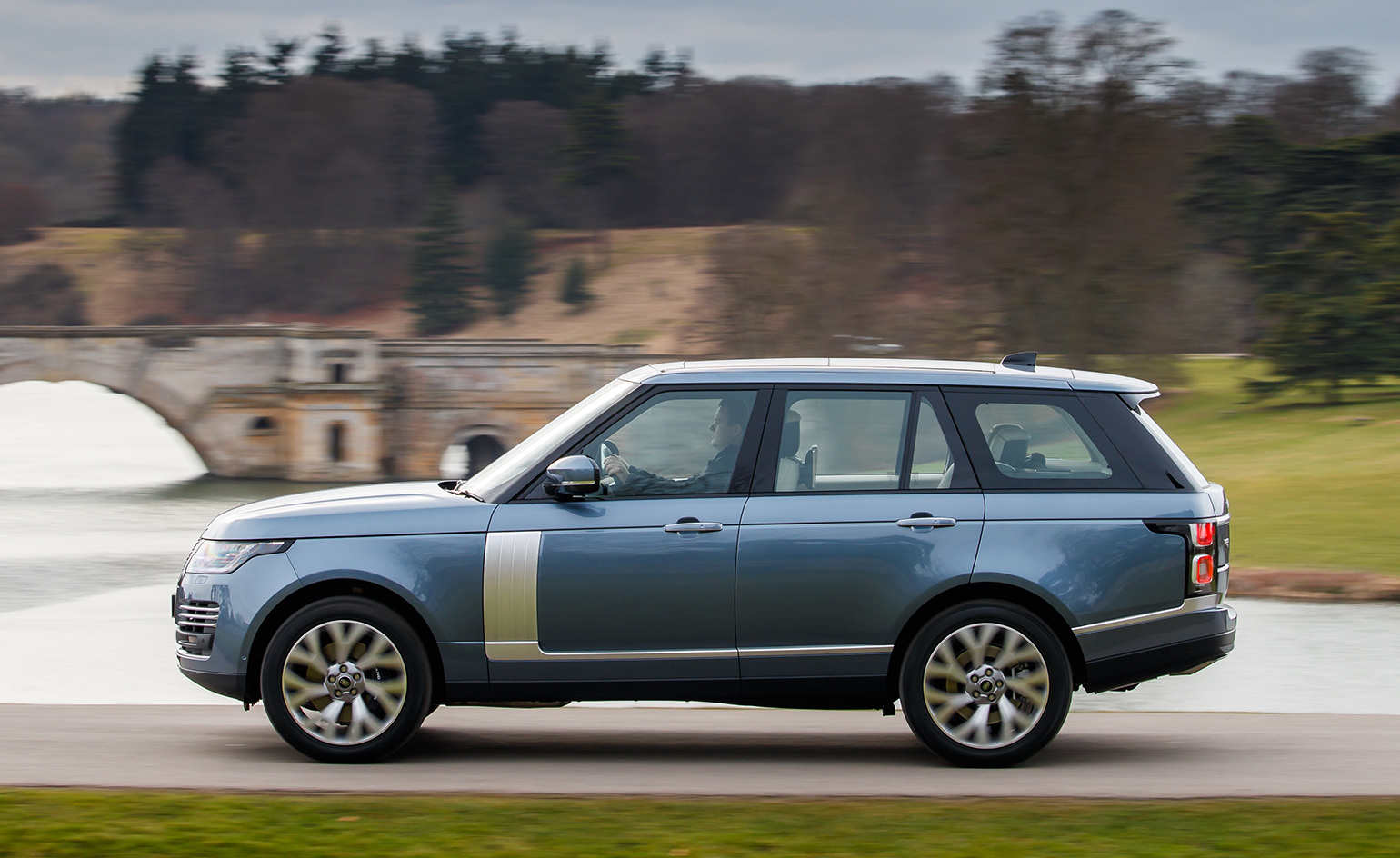
The hybrid vehicle pairs a 2.0 litre four-cylinder petrol engine with a 116 PS (85 kW) electric motor, resulting in 404 PS (297 kW) of four-wheel drive power
INFORMATION
Range Rover PHEV hybrid, from £86,965. For more information, visit the Land Rover website
Wallpaper* Newsletter
Receive our daily digest of inspiration, escapism and design stories from around the world direct to your inbox.
A writer and editor based in London, Nargess contributes to various international publications on all aspects of culture. She is editorial director on Voices, a US publication on wine, and has authored a few lifestyle books, including The Life Negroni.
-
 Seven things not to miss on your sunny escape to Palm Springs
Seven things not to miss on your sunny escape to Palm SpringsIt’s a prime time for Angelenos, and others, to head out to Palm Springs; here’s where to have fun on your getaway
By Carole Dixon
-
 Microsoft vs Google: where is the battle for the ultimate AI assistant taking us?
Microsoft vs Google: where is the battle for the ultimate AI assistant taking us?Tech editor Jonathan Bell reflects on Microsoft’s Copilot, Google’s Gemini, plus the state of the art in SEO, wayward algorithms, video generation and the never-ending quest for the definition of ‘good content’
By Jonathan Bell
-
 ‘Independence, community, legacy’: inside a new book documenting the history of cult British streetwear label Aries
‘Independence, community, legacy’: inside a new book documenting the history of cult British streetwear label AriesRizzoli’s ‘Aries Arise Archive’ documents the last ten years of the ‘independent, rebellious’ London-based label. Founder Sofia Prantera tells Wallpaper* the story behind the project
By Jack Moss
-
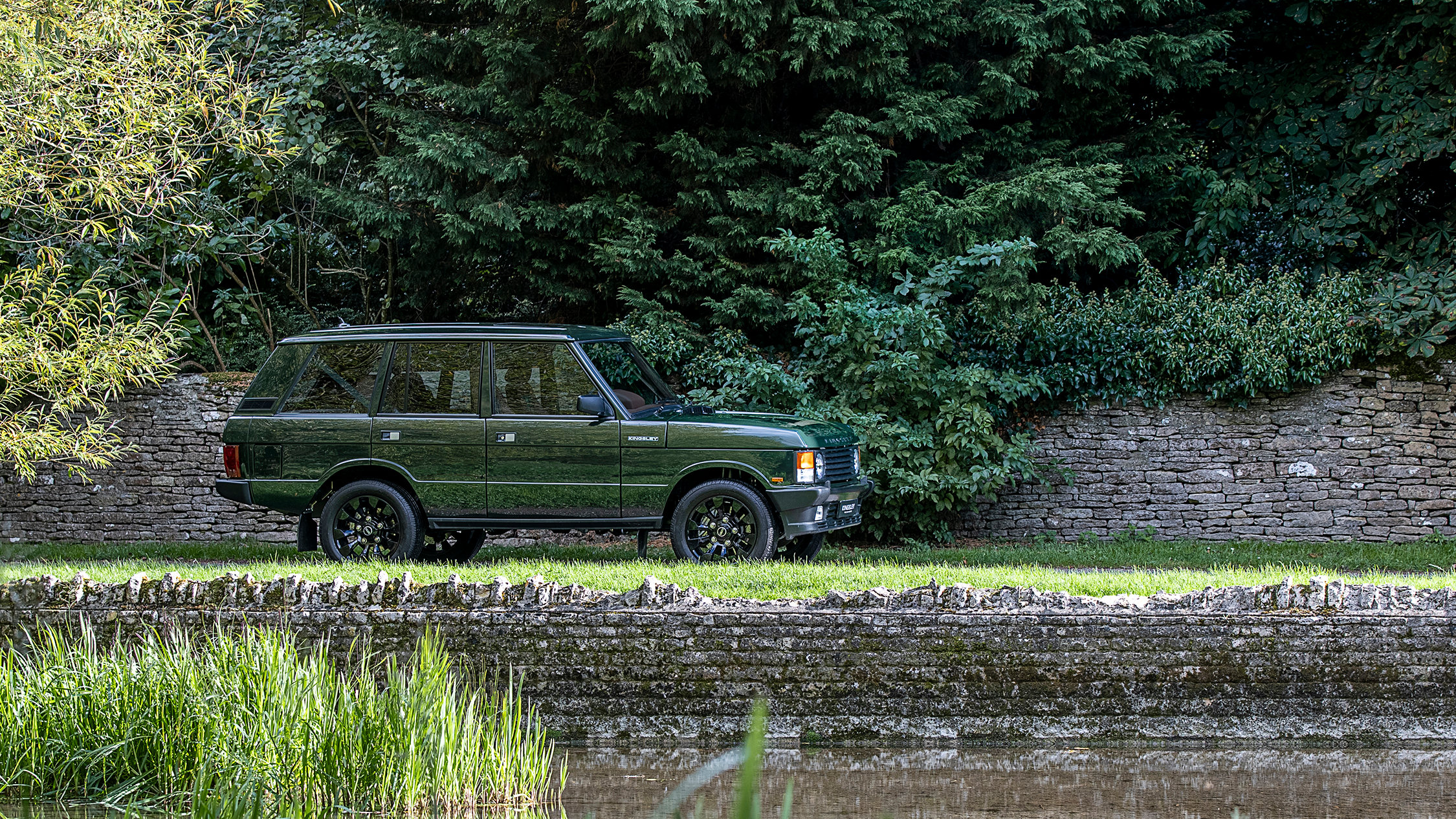 Kingsley Re-Engineered brings the Range Rover Classic into the modern era with the new KSR
Kingsley Re-Engineered brings the Range Rover Classic into the modern era with the new KSRA sophisticated retromod transforms the iconic original Range Rover into a thoroughly stylish and modern luxury SUV
By Jonathan Bell
-
 Peugeot’s sparky 308 gets hybrid power and handsome lines
Peugeot’s sparky 308 gets hybrid power and handsome linesThe Peugeot 308 proves that mass-market design needn’t be dull, blending hybrid power with sharp lines and excellent detailing
By Jonathan Bell
-
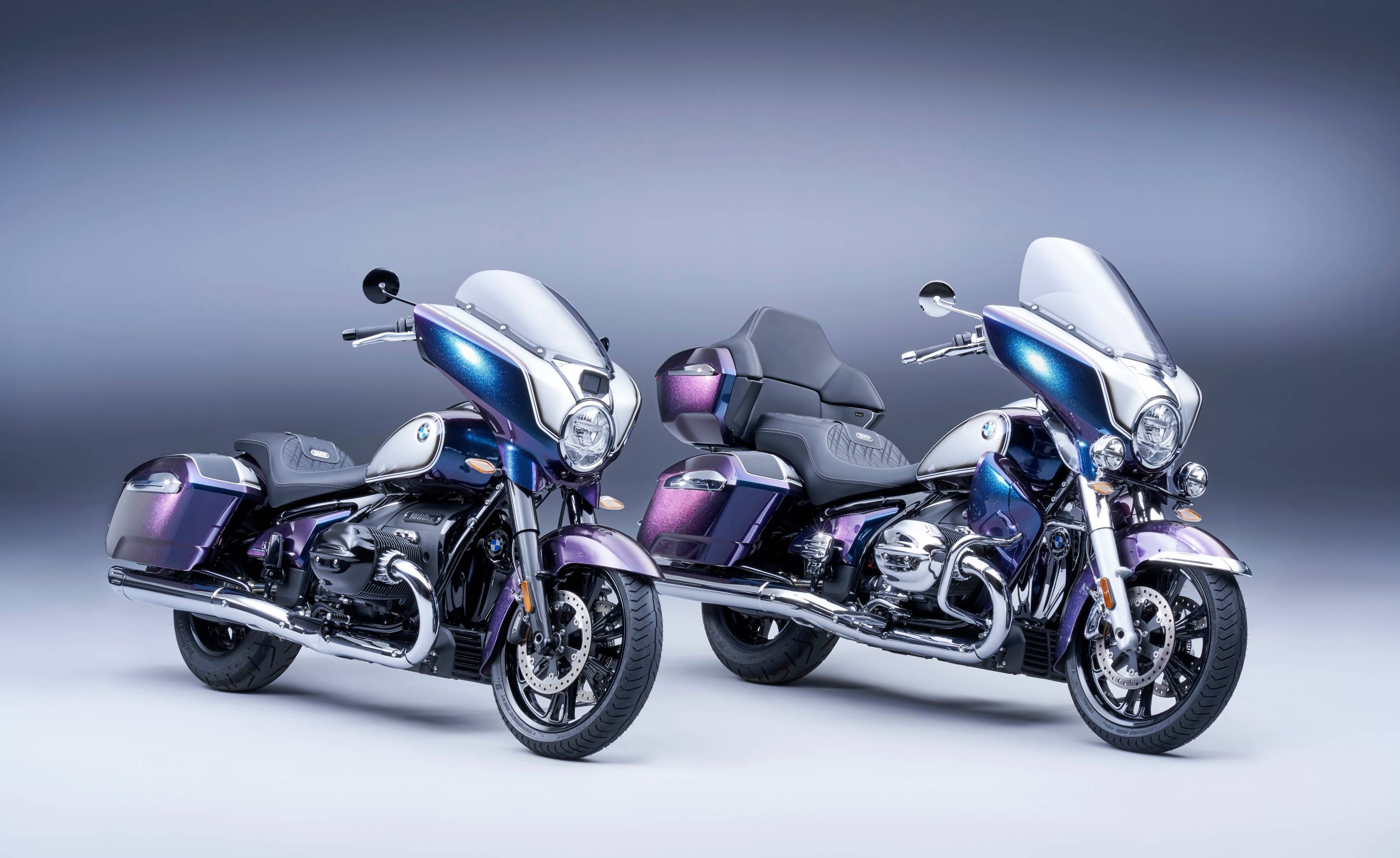 BMW Motorrad brings out the big guns for its newest cruisers
BMW Motorrad brings out the big guns for its newest cruisersBMW Motorrad R 18 Bagger and Transcontinental set the tone for high-voltage cruising with a brand collaboration with speaker specialist Marshall
By George Chapman
-
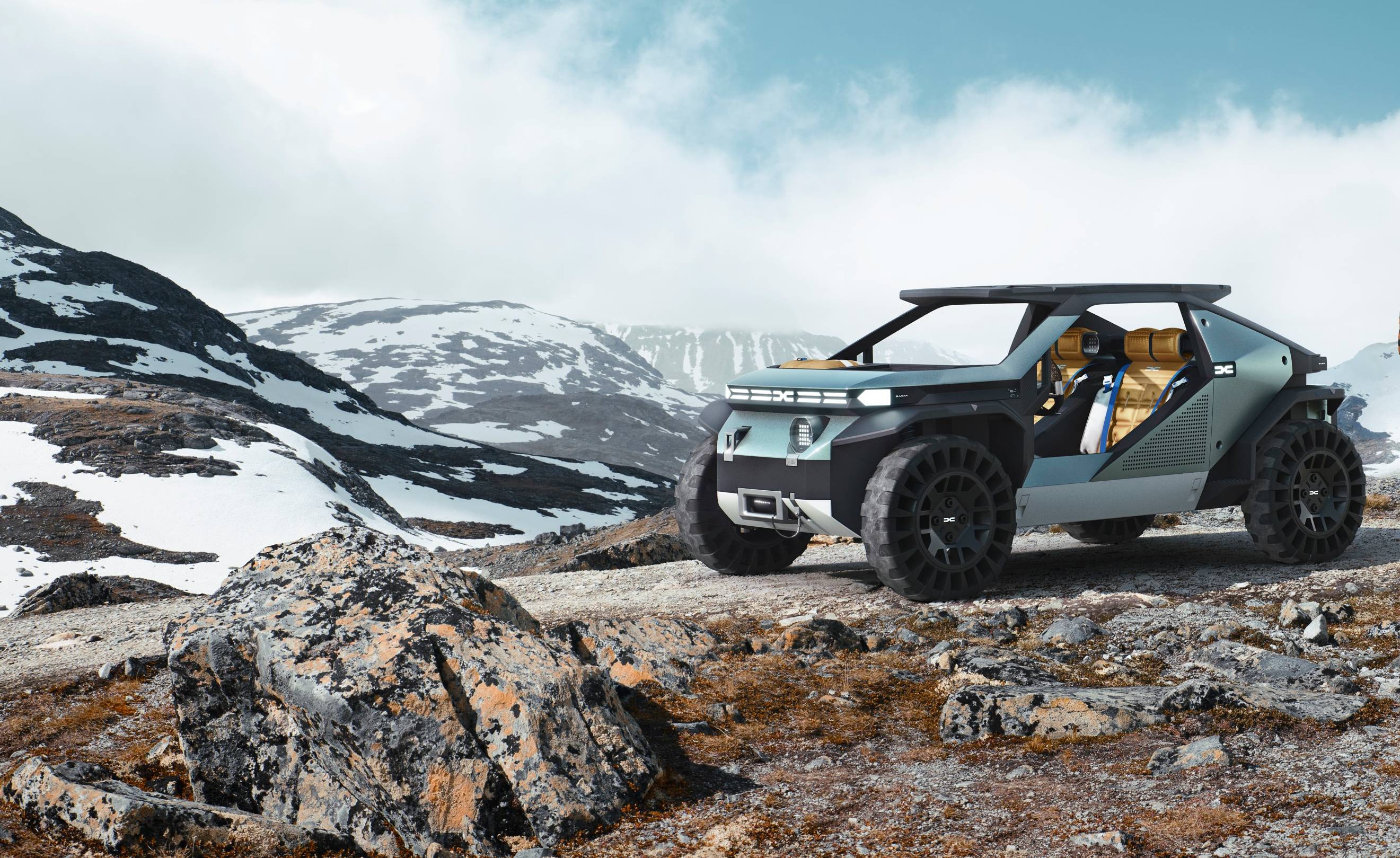 Dacia’s new Manifesto concept is a true outdoor utility vehicle
Dacia’s new Manifesto concept is a true outdoor utility vehicleUtilitarian auto brand Dacia sets a bold new agenda with its Manifesto, a concept car pitched at the active outdoor market
By Jonathan Bell
-
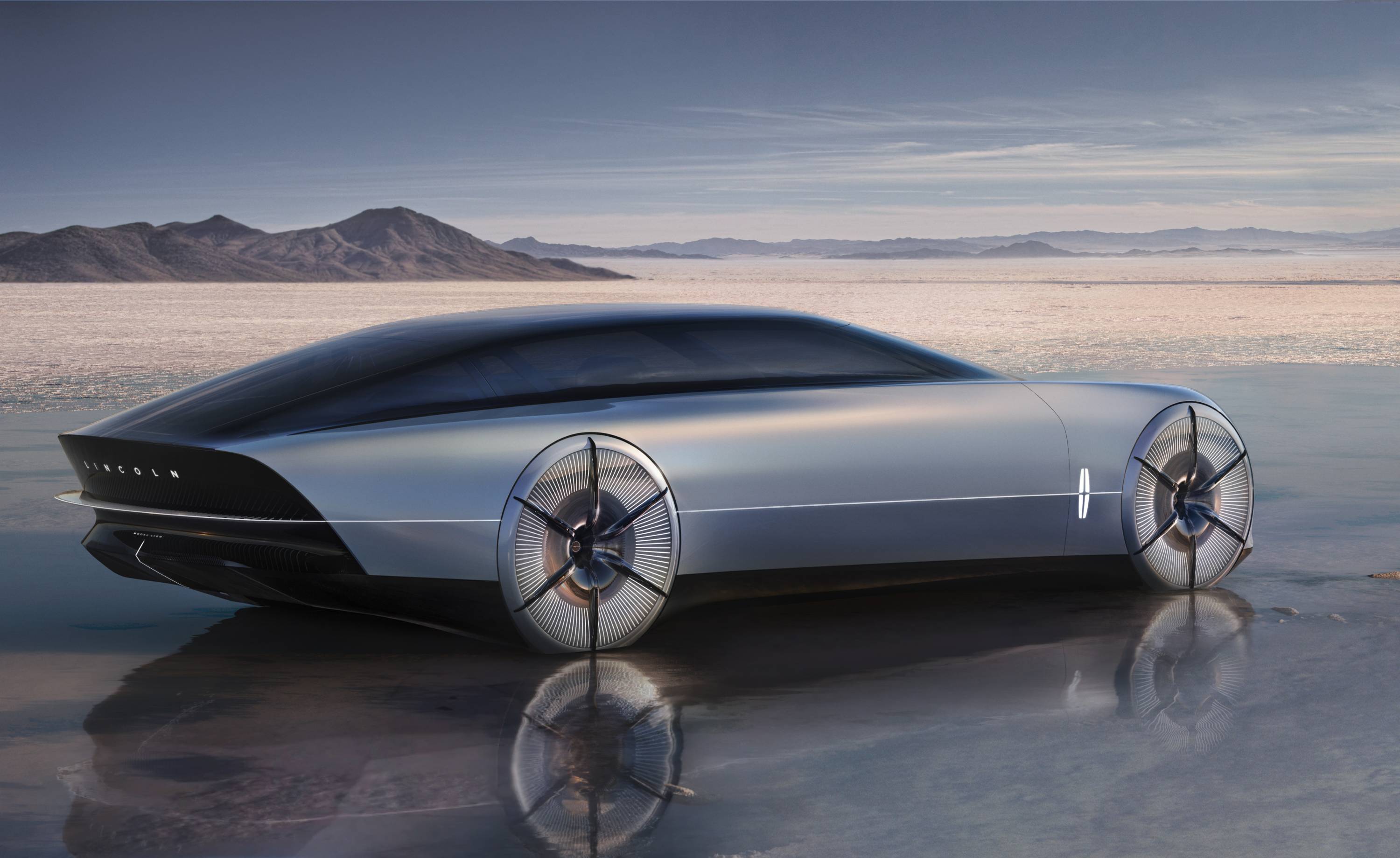 The sun sets on traditional supercars at California’s Monterey Car Week
The sun sets on traditional supercars at California’s Monterey Car WeekMonterey Car Week, the world’s most prestigious car gathering, is showcasing ever-more extravagant special editions, coachbuilt cars and all-new electric concepts. Here are seven key machines from 2022
By Rory FH Smith
-
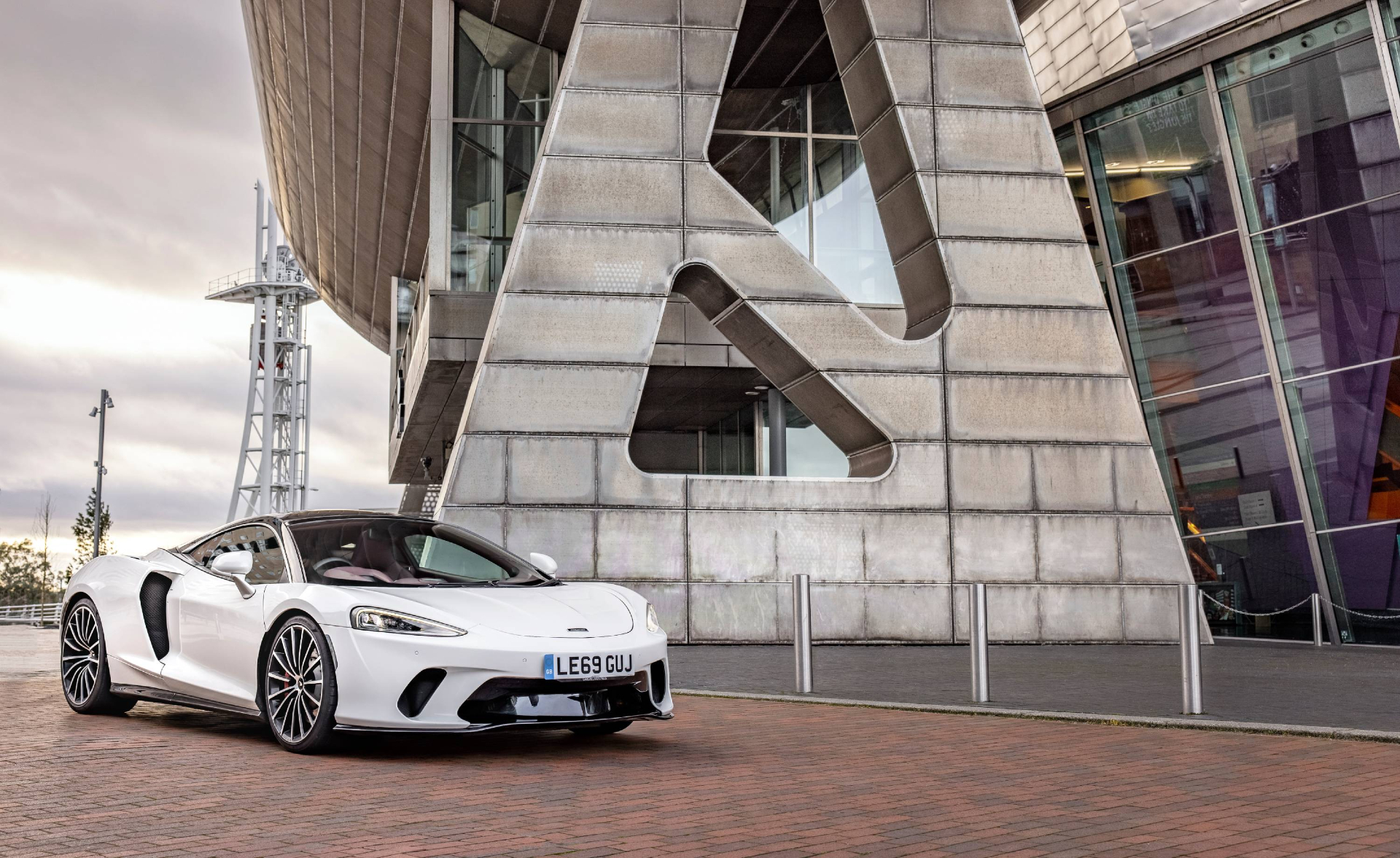 Is McLaren’s GT a sports car, a tourer, or the best of both?
Is McLaren’s GT a sports car, a tourer, or the best of both?The McLaren GT is a capable all-rounder dressed up in svelte supercar clothes. It might also be the last of its type
By Jonathan Bell
-
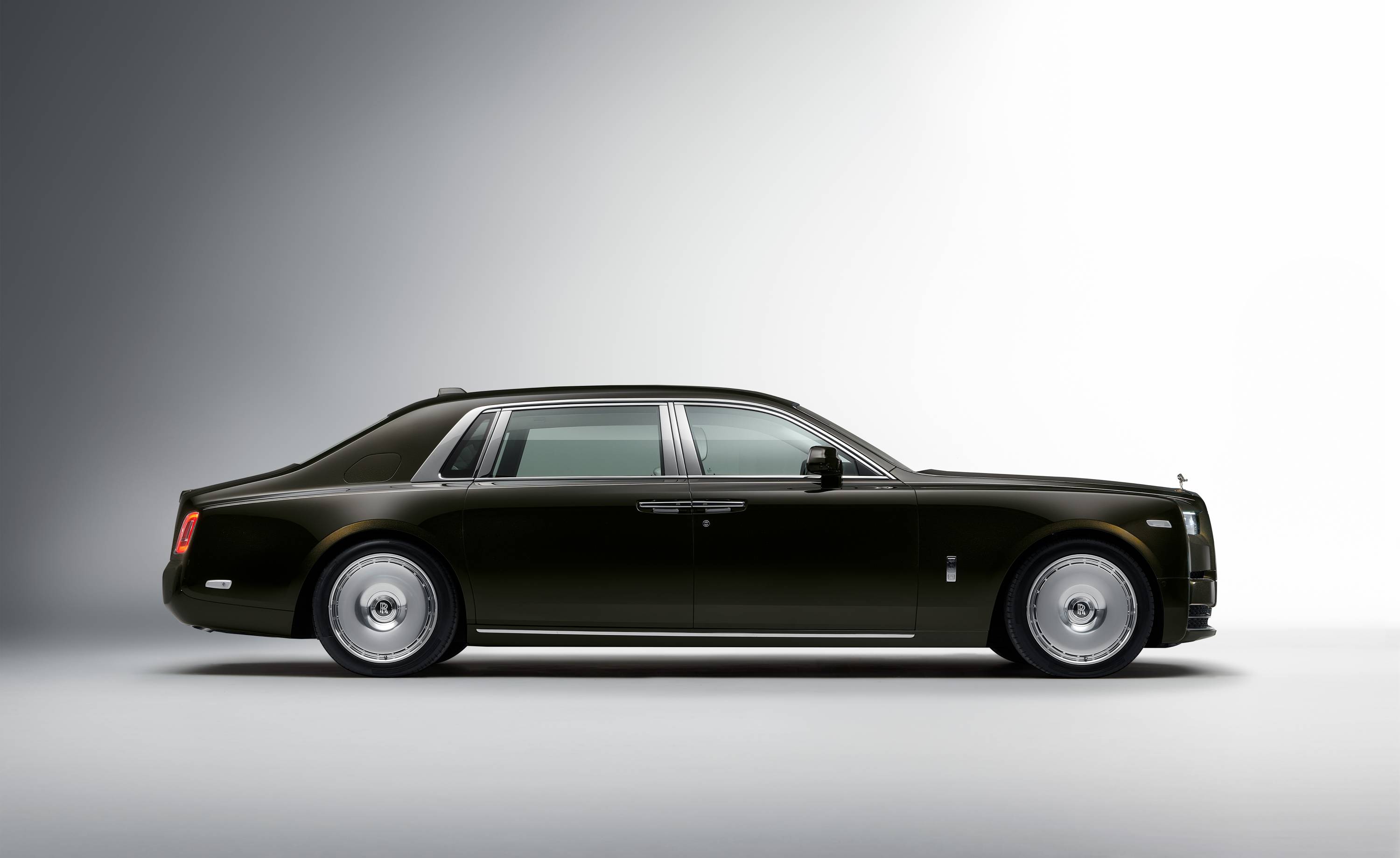 Rolls-Royce puts the Phantom back on its lofty pedestal
Rolls-Royce puts the Phantom back on its lofty pedestalA mid-life refresh ensures the flagship Rolls-Royce Phantom Series II is at the top of its game, a last hurrah for traditional engines before an electrified future
By Jonathan Bell
-
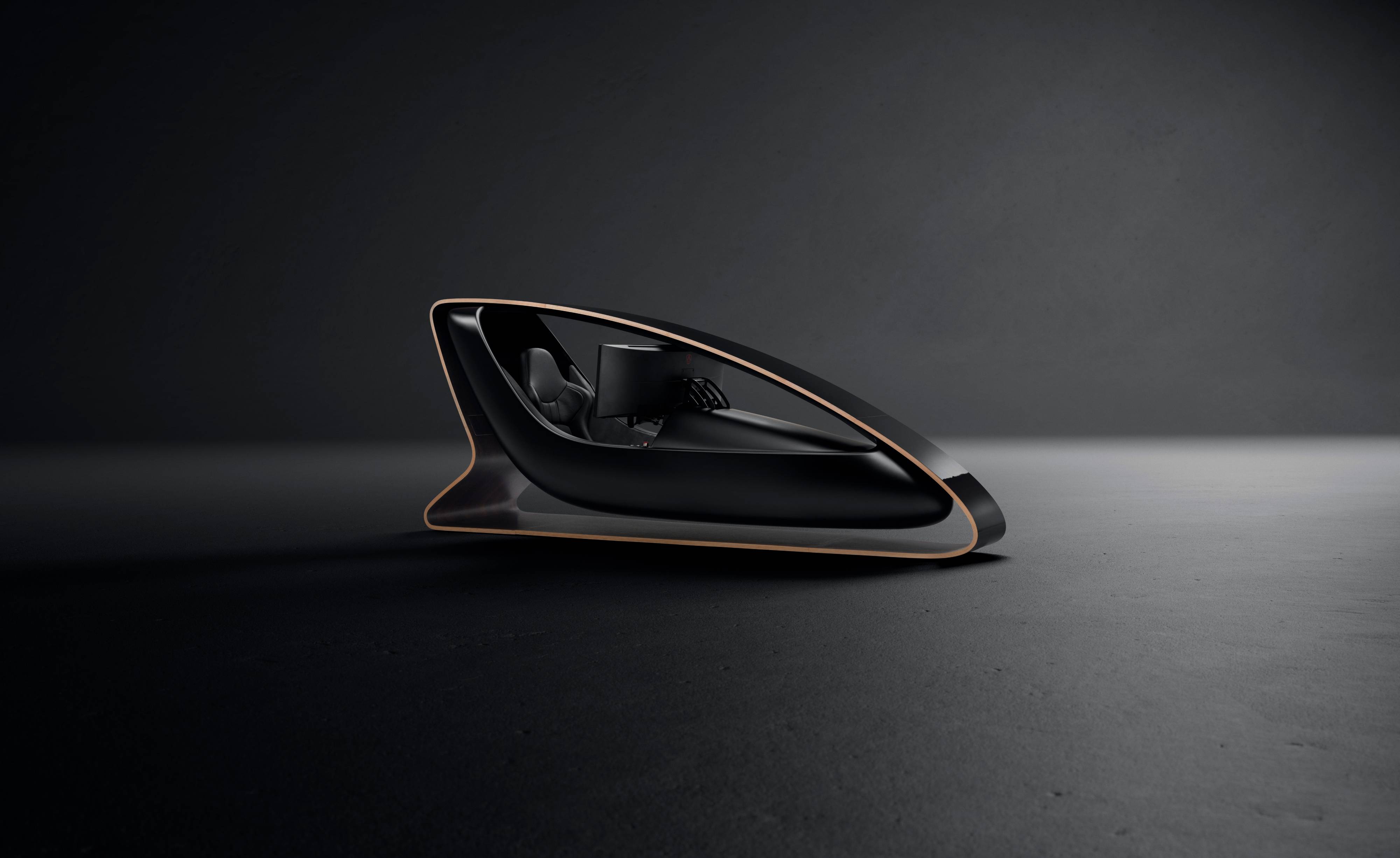 Prodrive’s new racing simulator is shaped by Callum to be front of the grid
Prodrive’s new racing simulator is shaped by Callum to be front of the gridThe racing simulator shapes up – this new design from Prodrive and Callum is honed for the high-end games room
By Jonathan Bell